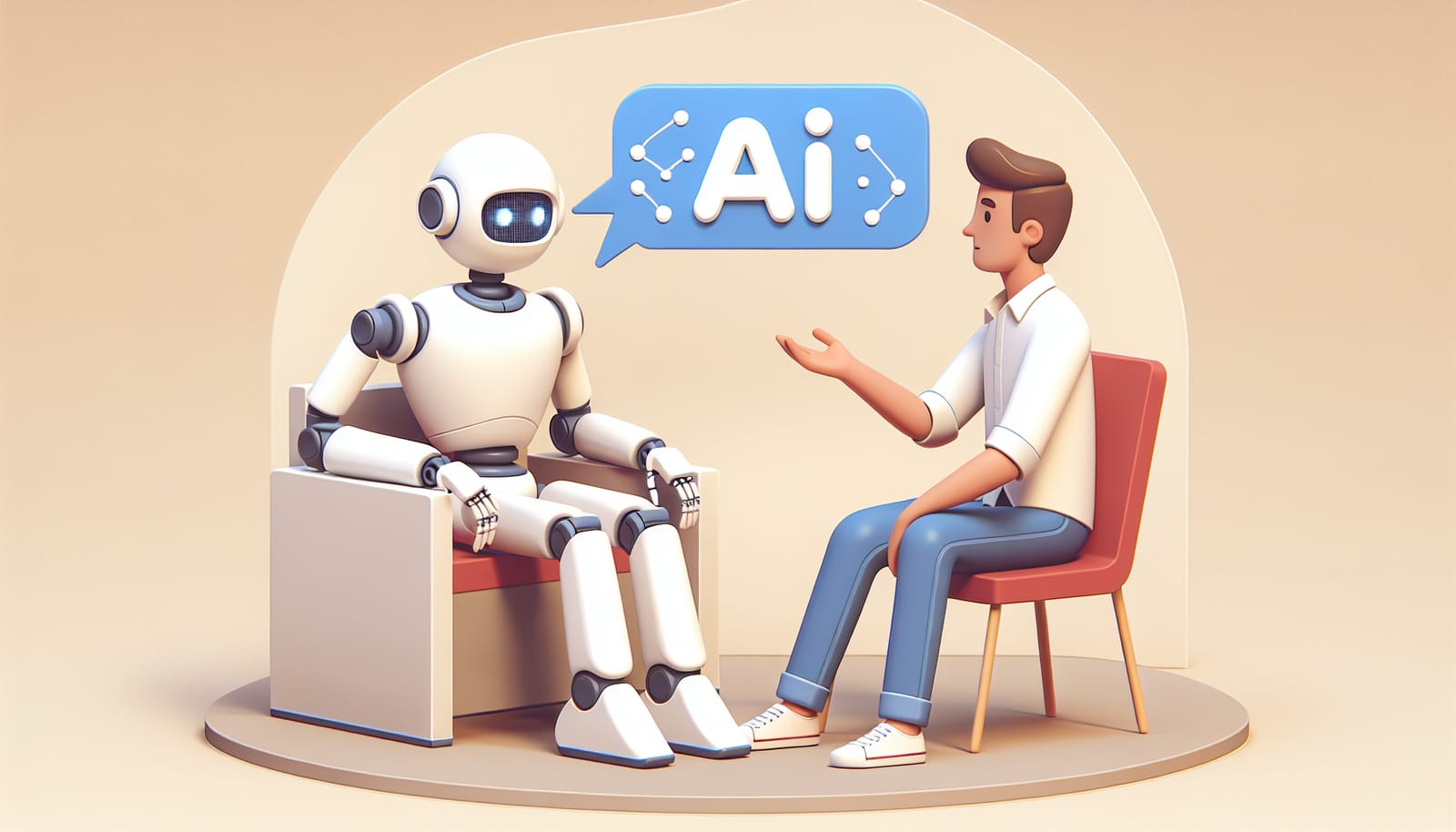Introduction to AI in Public Safety
In an ever-changing world, public safety is a concern for everyone. We want to feel secure in our neighborhoods, parks, and cities. But what if technology could help us achieve that? Enter Artificial Intelligence (AI)—a powerful tool that is transforming how we ensure safety in our communities. From smart cameras to advanced sensors, AI is helping to create safer environments for all of us. In this article, we'll explore how AI is used in public safety, the exciting technologies behind it, and the potential for smarter cities.
How AI is Revolutionizing Surveillance
One of the most visible applications of AI in public safety is through surveillance cameras. Traditional cameras simply record footage, but AI-enhanced cameras can analyze video in real-time. This means they can recognize faces, detect unusual behaviors, and even identify potential threats before they escalate.
For example, if a person is acting suspiciously in a public area, an AI camera can alert law enforcement or security personnel. This quick response can help prevent crimes before they happen, ensuring a safer environment for everyone.
The Role of Sensors in Public Safety
Besides cameras, AI also works with various sensors to enhance public safety. These sensors can monitor everything from air quality to gunshots. Imagine walking through a park and knowing that the air you're breathing is safe because sensors are constantly analyzing it.
In many cities, AI-powered sensors can detect gunfire or explosions. When such sounds are detected, the system can quickly alert local law enforcement, helping them respond faster to emergencies. This technology not only helps keep citizens safe but can also save lives.
Smart Cities: The Future of Urban Safety
Now, let’s talk about smart cities. A smart city uses technology, including AI, to improve the quality of life for its residents. In a smart city, everything from traffic lights to waste management can be optimized using AI.
For example, AI can manage traffic signals to reduce congestion and prevent accidents. If an accident occurs, AI can reroute traffic in real-time, guiding drivers to safer paths. This not only helps in emergencies but also improves the overall experience for commuters.
AI in Emergency Response
AI is not just about preventing incidents; it also plays a crucial role in emergency response. When disasters strike—be it natural disasters like floods or human-made incidents like fires—AI can help coordinate a swift response.
For instance, AI algorithms can analyze data from social media, emergency calls, and sensors to pinpoint where help is needed most. This allows responders to allocate resources efficiently, ensuring that help gets to those who need it the fastest.
Enhancing Community Engagement
Public safety is not solely the responsibility of law enforcement. Engaging the community is vital for maintaining safety. AI can facilitate this by providing platforms for citizens to report issues or concerns easily.
Some cities have mobile apps that allow residents to report suspicious activity or even environmental concerns, such as littering or vandalism. AI can analyze these reports to identify patterns and prioritize responses, making the community feel more involved in the safety process.
The Challenges of AI in Public Safety
While AI offers numerous benefits, it’s essential to address the challenges that come with it. Privacy is a significant concern for many people. How do we ensure that AI cameras and sensors respect individual privacy while keeping communities safe?
Transparency is key. Cities must communicate how they are using AI technology and the measures in place to protect citizens’ privacy. Regular audits and community feedback can also help ensure that AI is used responsibly.
The Future of AI in Public Safety
As technology continues to evolve, the possibilities for AI in public safety are endless. Imagine a future where drones equipped with AI can survey neighborhoods, detecting unusual activity and sending real-time alerts to authorities.
Moreover, advances in machine learning could lead to even more accurate predictions of potential crimes based on historical data and social factors. This means that communities can stay a step ahead when it comes to safety.
Conclusion: A Safer Tomorrow
AI is changing the landscape of public safety in exciting ways. From smart cameras to sensors and community engagement tools, the integration of AI is making our cities smarter and safer. While there are challenges, the potential benefits far outweigh the risks when implemented responsibly.
As we look to the future, we can be optimistic that AI will continue to enhance public safety, providing us with a sense of security in our daily lives. Together, we can work towards building smarter cities that prioritize the safety and well-being of all residents.
In a world increasingly influenced by technology, it’s vital to embrace these advancements. AI is not just a tool; it’s a partner in our quest for a safer, more connected community.


